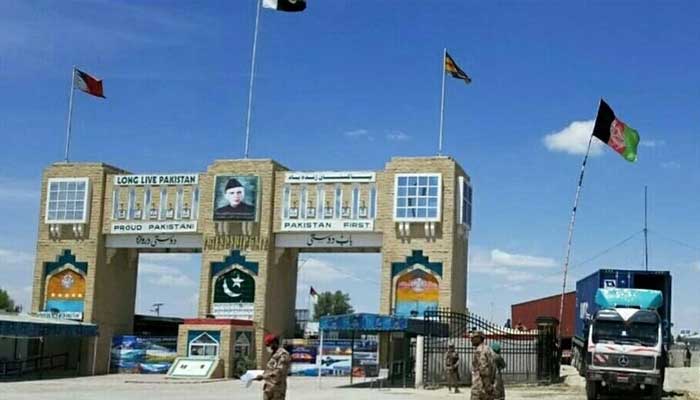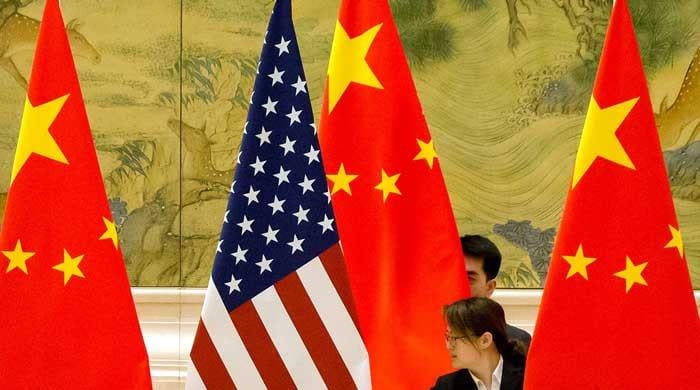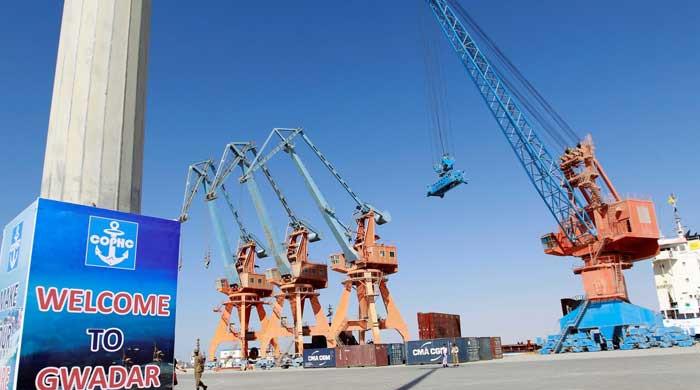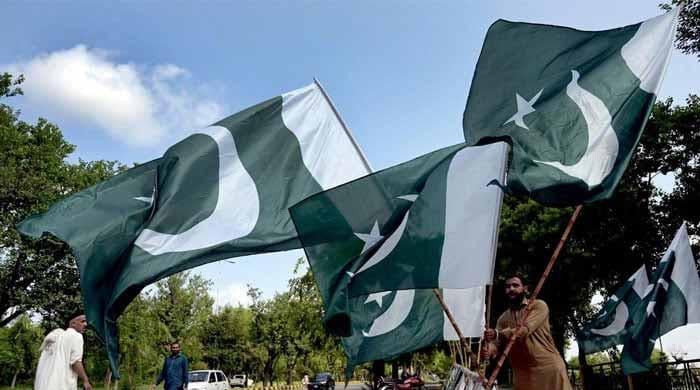Implications of Afghan-Pakistan war
For win-win cooperation, Beijing should help Islamabad face the challenge of the Afghan Taliban as it did to face Indian aggression
October 13, 2025

The nascent Afghan Taliban regime has alarmed the world by causing an unwarranted war with Pakistan. A deep introspection must be done to assess how the regional countries have responded to the clashes and what this war means to the region and beyond.
First and foremost, the timely diplomatic role of Saudi Arabia and Qatar should be lauded for recognising the severity of this escalation.
It took only a couple of hours before Riyadh issued a statement that called for exercising restraint and prioritising dialogue and wisdom. In the next few minutes, Qatar followed suit.
Here, the role of Saudi Arabia is multifaceted. Less than a month has passed since Pakistan and Saudi Arabia entered into a “Strategic Mutual Defence Agreement”.
Needless to mention that, “the agreement states that any aggression against either country shall be considered an aggression against both”.
The Saudi statement also came at a time when Prince Mansour bin Mohammad Al Saud was visiting Pakistan. The trip, with a 30-member delegation, was aimed at seeking massive investment in almost all provinces of the country.
So, in a way, the immediate response of the Kingdom of Saudi Arabia, stating that it is “following with concern the tensions and clashes taking place in the border areas between the Islamic Republic of Pakistan and the State of Afghanistan”, was a stark warning to Kabul.
Traditionally, in an official press release of a foreign ministry, the names of countries are mentioned in alphabetical order. Moreover, the full name of a country is mentioned at least once.
In this case, despite the word Afghanistan starting with the alphabet “A”, Saudi Arabia prioritised Pakistan and mentioned the full name of the country, “Islamic Republic of Pakistan”.
It’s a clear diplomatic triumph under the able leadership of Foreign Minister Ishaq Dar.
On the other hand, the Saudi statement only mentioned the “State of Afghanistan”. Need not mention that the Afghan Taliban have named their country “Islamic Emirate of Afghanistan”.
One may argue that Saudi Arabia has not formally recognised the Taliban, so the statement expressed an obvious tilt.
Yet, it is well documented that the Taliban’s acting foreign minister, Amir Khan Muttaqi, had paid a visit to Saudi Arabia in April.
Muttaqi remains on the United Nations sanction list and has a travel ban imposed on him. For the very reason, Kabul had painted that visit as “an important move to further improve cordial relations”.
A similar diplomatic pattern could equally be noticed in the press release issued by the State of Qatar.
It must have been embarrassing for Kabul as the Afghan Taliban has enjoyed some good relations with Qatar for over a decade.
Who can deny that it was the Doha deal that paved the way for bringing the Taliban back to power?
Surprisingly, other than Muslim countries, major world powers waited long before issuing a statement.
It took almost 24 hours before the self-proclaimed ‘Peace President’ of the United States of America mentioned it. That too to answer off the cuff.
“I hear there is a war now going on between Pakistan and Afghanistan. I said, I’ll have to wait till I get back. I am doing another one,” President Donald Trump told reporters on the way to Israel.
It was despite the fact that the clashes started when Amir Khan Muttaqi was visiting India, “a close friend” of Afghanistan.
President Trump could have used this moment to hit back again at India for supporting the Taliban instead of pursuing peace in the region.
After all, Muttaqi’s wasn’t there to show human rights achievements but to suppress women's rights in India.
Alarmingly, it also aimed at successfully “upgrading Indian mission into an embassy level” and “creating a consultative mechanism of understanding to strengthen bilateral relations” with India.
Without naming Pakistan but clearly hinting at whom he aimed at, Muttaqi assured the Indian external affairs minister that “no group or individual would be allowed to use the territory of Afghanistan against India”.
It was music to Modi’s ears when, in the same breath, Muttaqi agreed to “coordinate efforts to combat terrorism”.
At the top of it, instead of mentioning the people of Kashmir, Muttaqi expressed his condolences and solidarity with the people of India over the terrorist attack in Pahalgam.
Next, he issued a hollow threat. “There has been an attack near the border in remote areas. We consider this act of Pakistan a big mistake. The courage of Afghans should not be tested. If someone wants to do this, they should ask the Soviet Union, America, and Nato, so that they can explain that it is not good to play games with Afghanistan.”
It is debatable whether Afghans had made Afghanistan a graveyard of invaders or if they had just served as proxies for other powers.
However, it is clear that India is trying to play a dirty game in the region. It is attempting to destabilise the whole Pak-Afghan border areas by using the Afghan Taliban as its proxy.
On the other hand, New Delhi is using the Taliban to cast uncertainty over the CPEC Phase II and the Pakistan-China-Afghanistan-Central Asia Connectivity.
Much can be read in the announcements made by S Jaishankar while publicly courting first the Afghan Taliban leader in India.
The Modi government showed willingness to construct residences and provide livelihood opportunities for the Afghan refugees being repatriated by Pakistan.
In other words, Indian spies will man the Pakistan-Afghanistan border permanently as they used to do during the Karzai and Ashraf Ghani governments.
Among others, a project included the construction of a 30-bed hospital in Afghanistan’s Bagram District.
The readers know that it’s the same district where Bagram Air Base is located. And President Trump has shown interest in getting it back from the Taliban.
Is Narendra Modi trying to please estranged Trump by making him realise how India can use its influence for the United States in Afghanistan?
For the very reasons, it’s high time China should prepare itself to deal with those who are apparently welcoming Beijing in Kabul but hurting its interests elsewhere.
The answer to this problem is simple. China and Pakistan must enhance their cooperation in completing CPEC in the most secure fashion.
On its part, Beijing should upgrade Islamabad’s industrial level, establish sustainable manufacturing capabilities, and develop the country into a manufacturing hub in the region. It will provide opportunities for the common people and result in long-lasting goodwill.
Pakistan should provide policy support, infrastructure facilitation, regulatory frameworks, and include incentives for Chinese investors.
Last but not least, for win-win cooperation, Beijing should help Islamabad face the challenge of the Afghan Taliban as it did to face Indian aggression.
Disclaimer: The viewpoints expressed in this piece are the writer's own and don't necessarily reflect Geo.tv's editorial policy.
The author is Controller News at Geo News. He posts on X at @NasimHaider2 and can be reached at [email protected]









